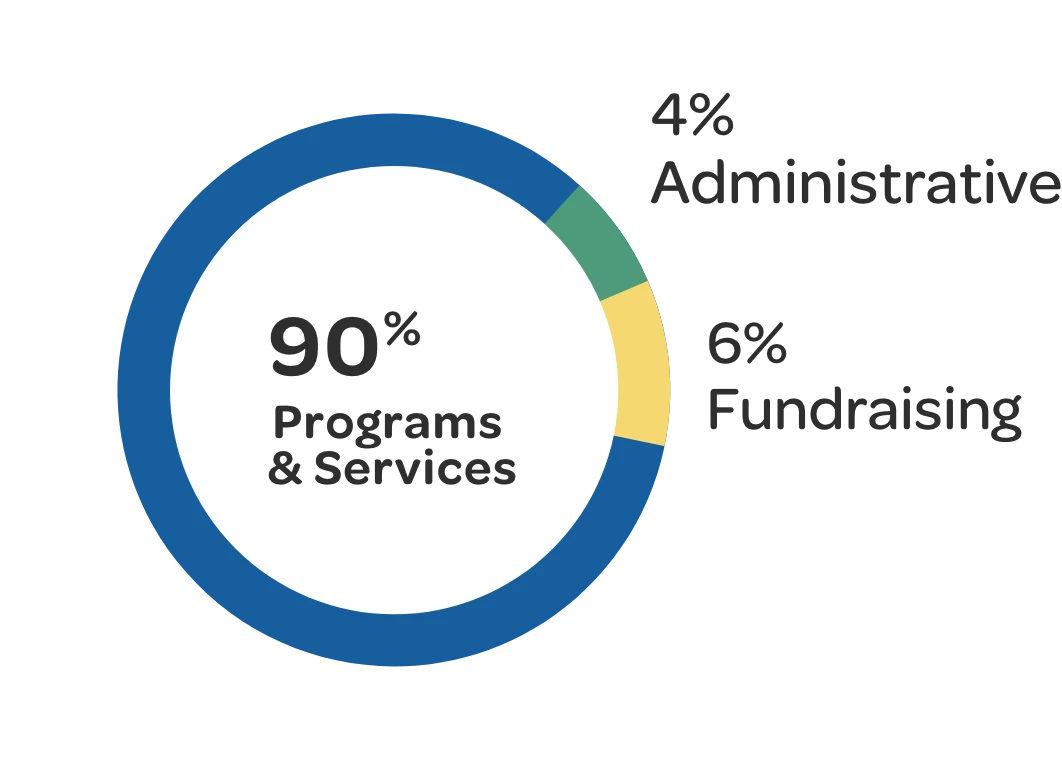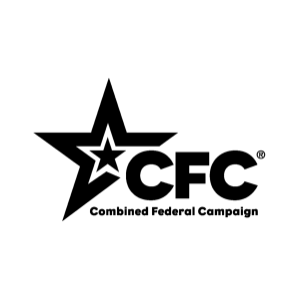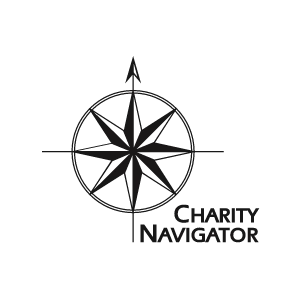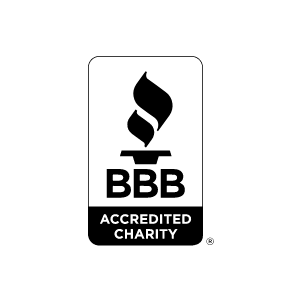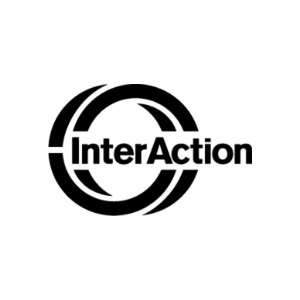The Overview
Zakatable wealth grows or can potentially. The Prophet, on him be peace, established the kinds of wealth one owns that are eligible for Zakat. This is Revelation. There are five general types:
Personal
Business
Agricultural Produce
Livestock
Discovered or Prospected Treasures
Three types have subcategories.
business: trade goods, exploited assets
crops: irrigated, non-irrigated
treasures: windfalls, natural resources
Payers make two assessments on each type of their Zakatable wealth:
zakat limit
zakat rate
The test question for zakat limit: Do I have its threshold amount (nisab)?
The test question for zakat rate: What is its Zakat percentage?
The Prophet, on him be peace, set the nisab threshold for each type of wealth eligible for Zakat, and he fixed the Zakat rate for each type. This too is Revelation.
He set the nisab value for personal wealth, business wealth, and discovered wealth at the equivalent of our current measure of 85 grams of pure gold (aprox. 3 U.S. ounces).[1]
He set agricultural produce nisab at 1,439 lb. (653 kg).
He set it for ovine (sheep/goats) at 40 head.
He set it for bovine (cattle/buffalo/bison/antelope/yaks/etc.) at 30.[2]
He set if for camels at 5.
The Prophet, on him be peace, fixed the Zakat rates for personal wealth and business wealth at 2.5 percent each. One assesses trade goods one owns (wares that change hands) at their current wholesale value. One assess the value of one’s exploited business assets (assets that remain as capital (not zakatable — think rental property and machines) but generate wealth (zakatable) as net income.
He fixed the Zakat rate on irrigated crops at 5 percent upon harvest, and for non-irrigated crops at 10 percent on harvest.
He fixed the Zakat rate on all types of treasure troves at 20 percent, due on extraction.
Here’s a table of Zakatable wealth streams and their respective nisab thresholds and Zakat rates.
For livestock, he fixed the nisab thresholds and Zakat rates for each kind according to headcount.
Here’s a table that shows ovine and bovine Zakat rate schedules.[3]
What Are Zakat Rates Based On?
This is a fundamentally important question. Its answer begins with weights and measures at the time of the Prophet, on him be peace, for in the end, Zakat is all about proportions of manifest wealth. He said: “Measures are the measures of Madinah. Weights are the weights of Makkah” (Abu Dawud, Al-Nasa’i, graded authentic, sahih). A similar prophetic report says: “Our [system of] weight measures is that of the Makkans. Our volume measures are those of the Madinans” (Albani, Silsilat al-Ahadith as-Sahihah, no. 164).
The Money Basis for Zakat
The Arabs at the time of the Prophet, on him be peace, used the gold dinar and the silver dirham as money, not as minted coins, so by weight not count. In Makkah, Arabia’s trade center, the tribe of Quraysh used the silver dirham as their primary trade currency.
Here is a table of the silver dirham’s calibrated system in general use among them, based on the uqiyyah unit of weight as a standard.



